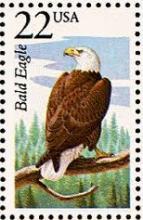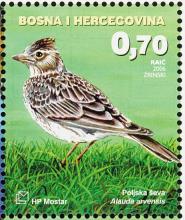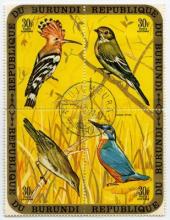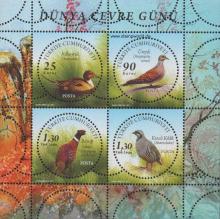West Nile Virus Behind Utah Bald Eagle Deaths
- Read more about West Nile Virus Behind Utah Bald Eagle Deaths
- Log in to post comments
A mysterious die-off of 27 bald eagles (Haliaeetus leucocephalus) in Utah is being blamed on West Nile Virus, after lab tests from the state's Division of Wildlife Resources (DWR) showed the deadly illness was behind the deaths. Officials with the DWR say the eagles contracted the virus after eating infected grebes. Luckily for other eagles in the area, though, they note that the grebe population should soon subside as that bird's migration season comes to an end. Five other eagles are being treated and rehabilitated by wildlife officials. The Utah DWR is urging residents not to try to handle any sick birds they might encounter.










